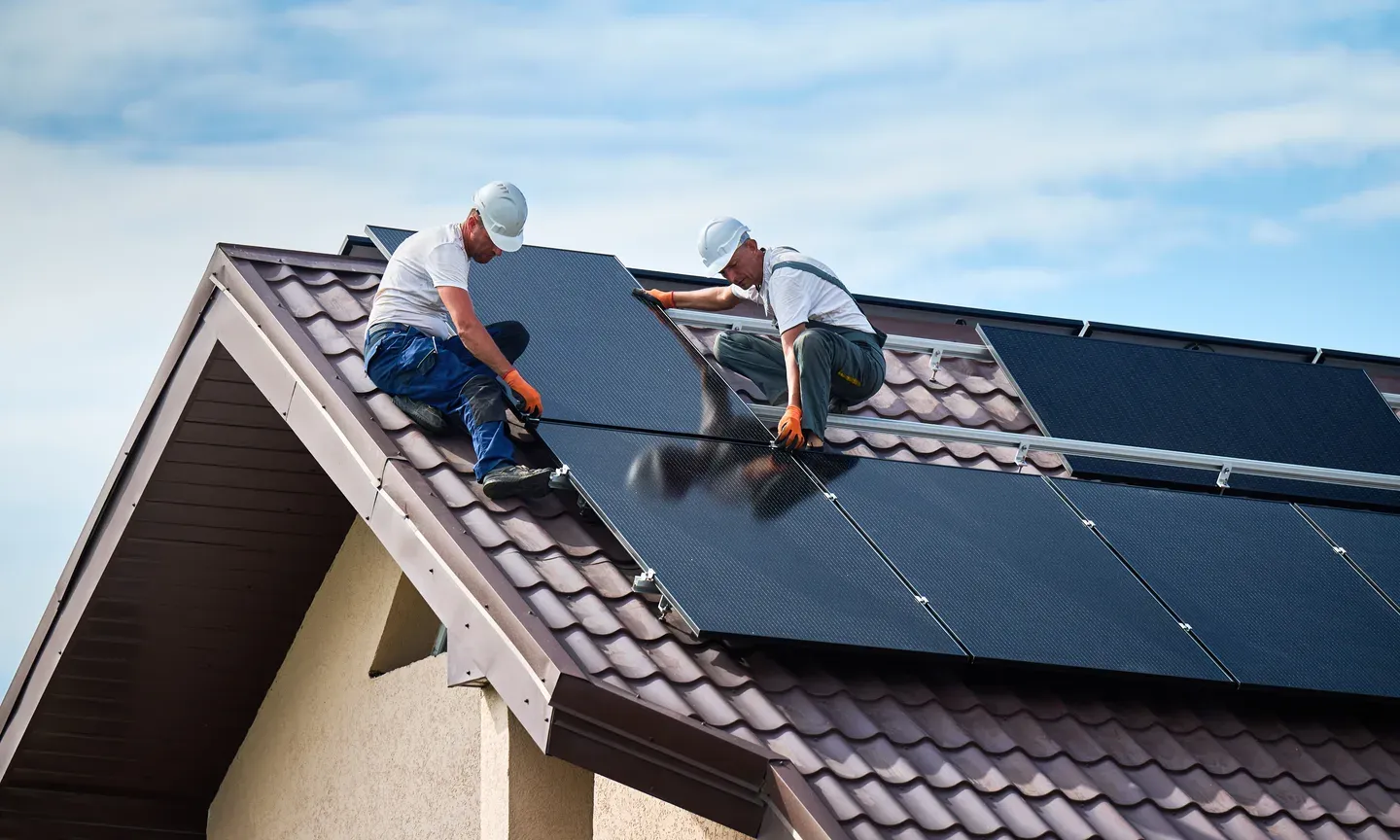Why I Finally Went Solar in 2025
After years of thinking solar didn’t make financial sense, I finally pulled the trigger. Here’s why New York’s policy shift made me act, and what I paid for a system I hope powers my home for decades.

For years I kicked around the idea of going solar. It always seemed just out of reach—too expensive, too complex, or just not quite worth it. That changed when I learned about the shifts happening in New York State. If you haven’t read about it, I wrote a breakdown here: Electrify Everything: Why New York State’s Big Shift Makes This the Year to Go Solar.
That was the tipping point. Once I saw that the state tax credit was going away after 2025, I decided it was now or never.
The First Quote That Didn't Convince Me
Back in September 2024, I got my first proposal from the same company that installed a friend’s solar system. I don’t remember the exact number of panels or system size, but the price-to-output ratio didn’t impress me. So I shelved the idea—figured I’d see how the political climate evolved before making a decision.
The Push That Made Me Act
Come June 2025, the urgency kicked in. That looming expiration of the Federal tax credit meant waiting could cost me thousands. So I went back to that original quote and used it as a starting point.
Over the next couple of weeks, I spoke to multiple solar installers. Each time I got a proposal, I sent it to a competing company and asked them to match the equipment, layout, and price. That back-and-forth negotiation finally paid off.
What I Bought
I ultimately settled on a system with:
- 27 SEG 430-Watt Panels
- 27 Enphase IQ8MC-72-M-US Microinverters
- Enphase monitoring software
I specifically chose SEG panels over REC panels for a few reasons:
- Warranty: SEG panels offered a similar 25-year warranty, but at a slightly lower price per watt.
- Performance Ratio: Both had comparable specs, but SEG had slightly better output in low-light conditions.
- Availability: SEG panels were in stock and REC would’ve delayed the project.
The Cost Breakdown
The full price of the system was $32,980.
With a projected annual output of 12,094 kWh, that breaks down to roughly:
- $2.73 per watt installed
- $0.27 per kWh produced (over the first year)
My current energy use is 10,520 kWh per year, so this system is sized to produce about 115% of my needs. That headroom should help offset natural panel degradation over time.
Why It Made Sense Financially
My most recent PSEGLI bill shows all kinds of line items and charges, but I keep it simple:
How much electricity did I use, and how much did it cost me?
Right now, I’m paying $0.30 per kWh, rounding up from something like $0.2967894567 once you factor in delivery charges, taxes, and fees.
That means if I didn’t go solar, I’d be spending around $3,156 per year on electricity. And that’s assuming rates don’t go up (they will).
On top of that, I have two young kids. As they get older, so will their electricity consumption—more computers, TVs, phones, video games, streaming devices... the whole digital lifestyle. I wanted to get ahead of that curve now while the incentives were still available.
So at my current usage, the payback period works out to just over 10 years—even faster once you apply the federal and state tax credits.
Compared to the national average cost per watt of $3.00–$3.25, my system came in below average, and for Long Island, it’s a solid deal.
The Timeline So Far
- June 9, 2025: Signed contract with SunNation
- Late June: Site inspection and photographs completed
- July 29, 2025: Engineering finalized
- First week of August: Permit application scheduled
Here’s the projected timeline based on what I was told:
- 4 weeks for permit approval (≈ August 30)
- 2 weeks for installation (≈ September 13)
- 7–10 days for PSEG to activate the system (≈ September 23)
So if all goes well, I should be fully powered by the sun by late September 2025.
I’ll report back on whether the install happened on schedule and whether I’m hitting my production targets. Stay tuned.
